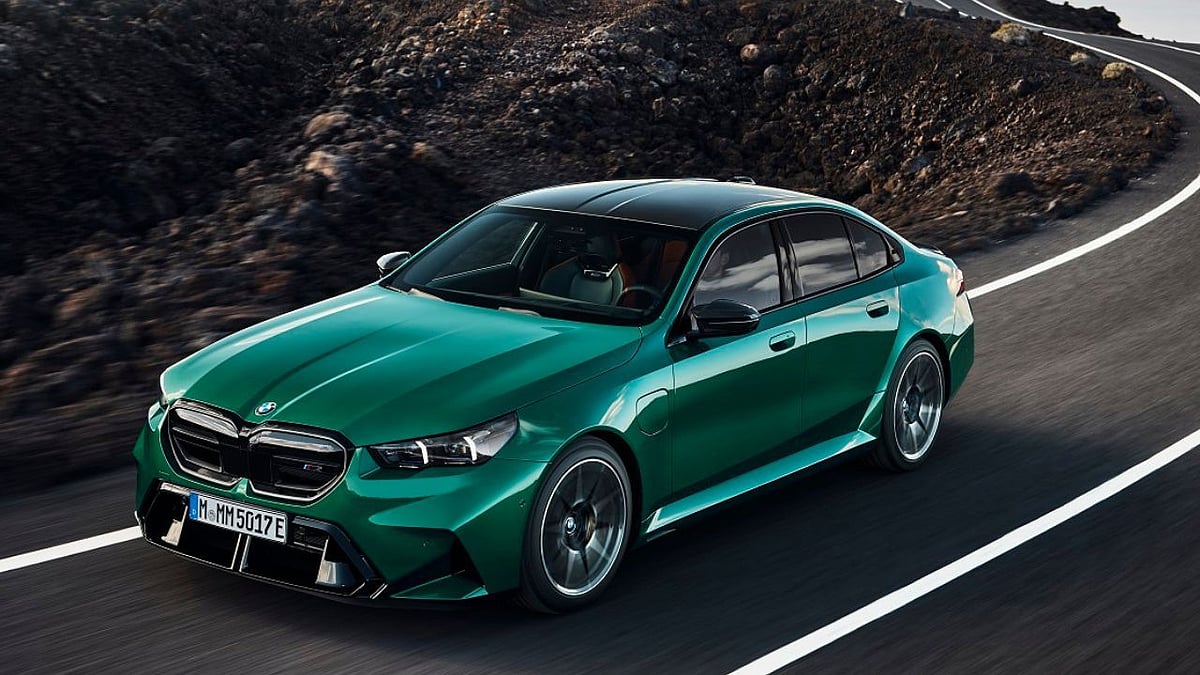What is the first thing that comes to your mind when someone says ‘October 2’? Most likely you would say ‘Gandhi Jayanti’. But we often forget October 2 is also the birth anniversary of Lal Bahadur Shastri, the second Prime Minister of India.
Born in 1904, Shastri entered politics at a young age as a satyagrahi in the Indian National Movement under the guidance of Pandit Jawaharlal Nehru and later succeeded him as the Prime Minister of India in 1964.
On his birth anniversary, here are 10 lesser known facts about the man of peace.
Lal Bahadur Shrivastava was born to Sharada Prasad and Ramdulari Devi in Varanasi, Uttar Pradesh. His father worked as a clerk in the Revenue Office of Allahabad. When he was one year old his father passed away due to bubonic plague.
Opposing the deeply ingrained caste-system in India, at the age of 12, in 1917, he dropped his surname ‘Shrivastava’. After he completed graduation, he was given the title ‘Shastri’, meaning scholar.
On August 15, 1947, he became the Minister of Police and Transport. It was during his tenure first women conductors were appointed. He was the one who suggested the use of jets of water instead of lathis to disperse unruly crowds.
In 1952, he became the railway minister but he resigned from his position in 1956, after a train accident in Tamil Nadu killed around 150 passengers.
Underlining the importance to increase the production and supply of milk he promoted White Revolution. The National Dairy Development Board was formed in 1965. To boost India’s food production he promoted the Green Revolution.
During the India-Pakistan war in 1965, Shastri lead the country and took the bold step and asked the army to take action. Under his leadership, India won the war. This win also helped to boost the confidence Indian army lost after its last the war with China in 1962.
During his tenure, the country faced an acute food shortage. To ensure that the food could be distributed equally he urged people to skip one meal a day. He went on air to appeal people to skip onemeal in a week. The appeal got a good response with eateries shutting down the shutters on Monday evening and soon people started to call it ‘Shastri Vrat’.
When he was the Prime Minister, his family asked him to buy a car. The Fiat car he bought was for Rs 12,000. Since he had only Rs 7,000 in his bank account, he applied for a bank loan of Rs 5,000 from the Punjab National Bank. The car is today kept at the Shastri Memorial in New Delhi.
He had Chevrolet Impala car for his official use. Once his son used the car for a drive. When Shastri learned about it he asked his driver to check the distance the car was used for personal used and later deposited the money in the government account.
January 11, 1966, he took his last breath in Tashkent, the day after signing the Tashkent Declaration, reportedly due to cardiac arrest. His death was surrounded by several controversies as no postmortem was carried out on his body, making it a great mystery even today. He was the first person to be posthumously awarded Bharat Ratna, India’s highest civilian award.











